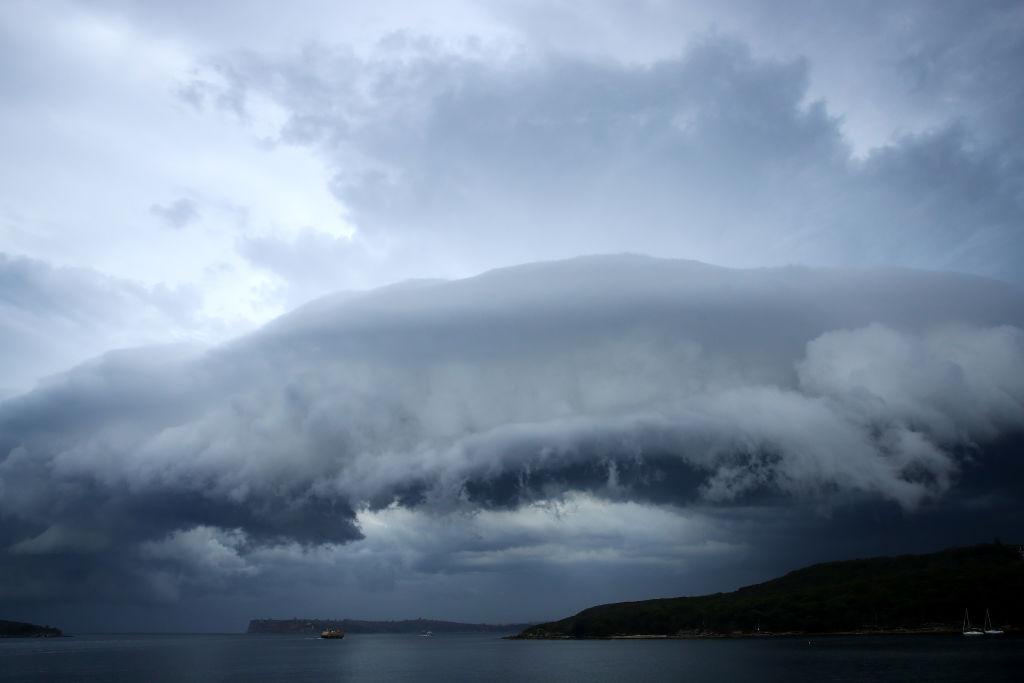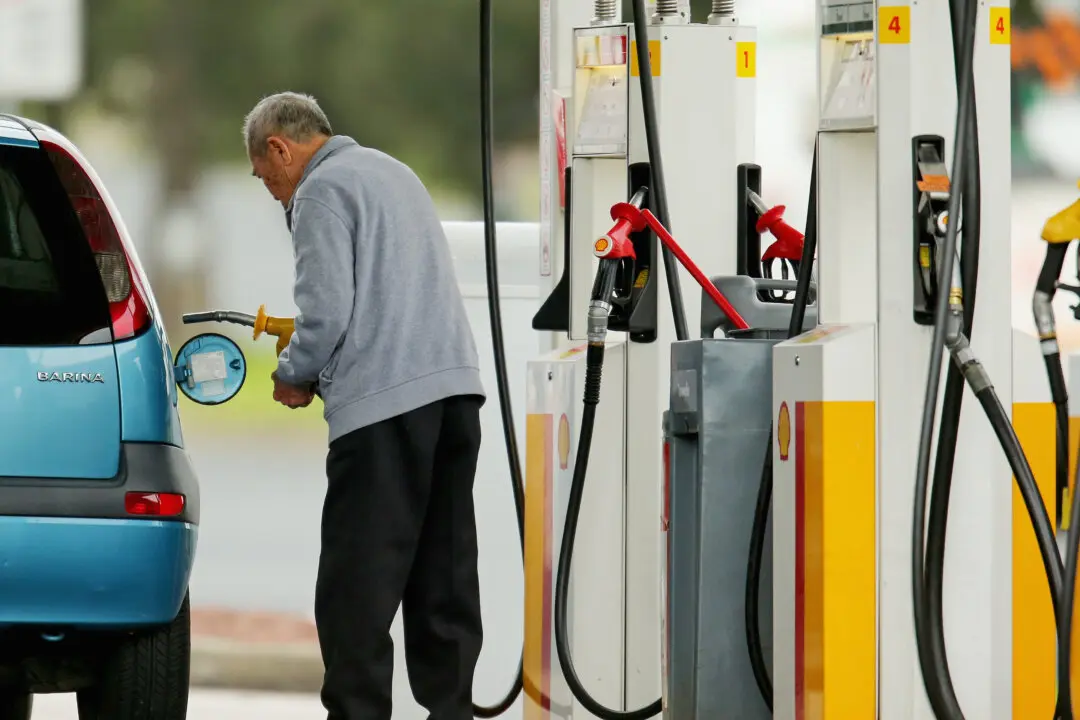Thunderstorms have swept across New South Wales (NSW) prompting hundreds of calls for assistance to the State Emergency Service.
Hundreds of Calls for Help as Storms Blanket NSW
Shower activity continues about the ranges around Sydney and in parts of the Hunter but heavy falls have eased

A Manly ferry passes Sydney Heads as a storm front crosses Sydney Harbour on January 9, 2018 in Sydney, Australia.Cameron Spencer/Getty Images




